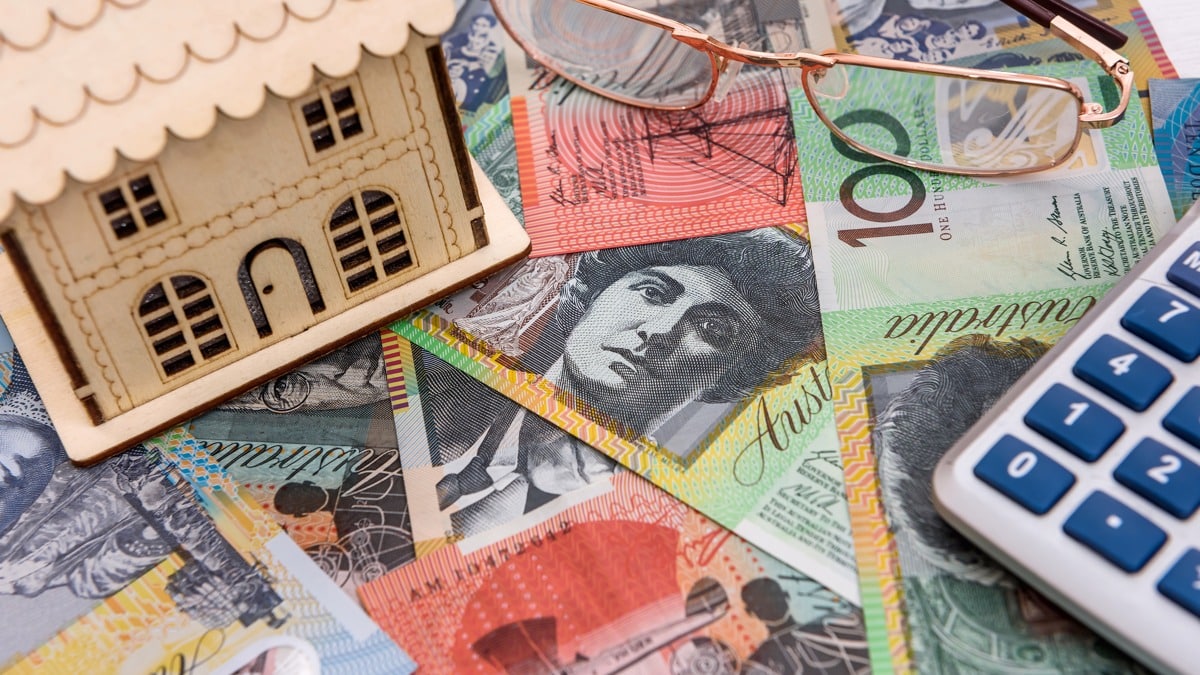In this guide
Many Australian retirees have significant wealth tied up in their homes and sometimes other real estate, but find themselves ‘cash-poor’, unable to enjoy their ideal standard of living because of a lack of income.
If you’re willing to use some of your home’s value to improve your lifestyle, but you’d rather not move, or you have another property you could borrow against, a tax-free income boost from the Home Equity Access Scheme (HEAS) could be just the solution.
Need to know
The Home Equity Access Scheme (HEAS) was originally called the Pension Loan Scheme (PLS) but was rebranded as HEAS in December 2021.
What is the Home Equity Access Scheme?
The HEAS is a reverse-mortgage-style loan offered by the federal government that provides a tax-free fortnightly income funded by a loan against equity in a property owned (fully or jointly) by the borrower.
Limited lump sum advances are also available.
Good to know
A reverse mortgage works a little like a home loan in reverse. It’s a loan that allows you to borrow money against the equity (or value of a property less any mortgage debt) you have in your home (or another property).
Borrowers are required to pay interest on the loan, but regular repayments are not required. Instead, interest is added to the loan amount. The loan must be repaid when the property is sold.
Learn about reverse mortgages.
Before taking out a loan, it is important to understand the likely future financial impact. Free calculators are available from Centrelink and ASIC that can help.
Watch our videos demonstrating these tools.
How does the Home Equity Access Scheme work?
Join SuperGuide to continue
- Interactive tools and calculators give you power to plan
- Step-by-step guides help you put plans into action
- Pension fund rankings reveal how funds are performing
- Tips and strategies to boost your income in retirement
- Comprehensive super and pension rules in plain language
- Newsletters and webinars keep you on top of the current rules



Leave a Reply
You must be logged in to post a comment.